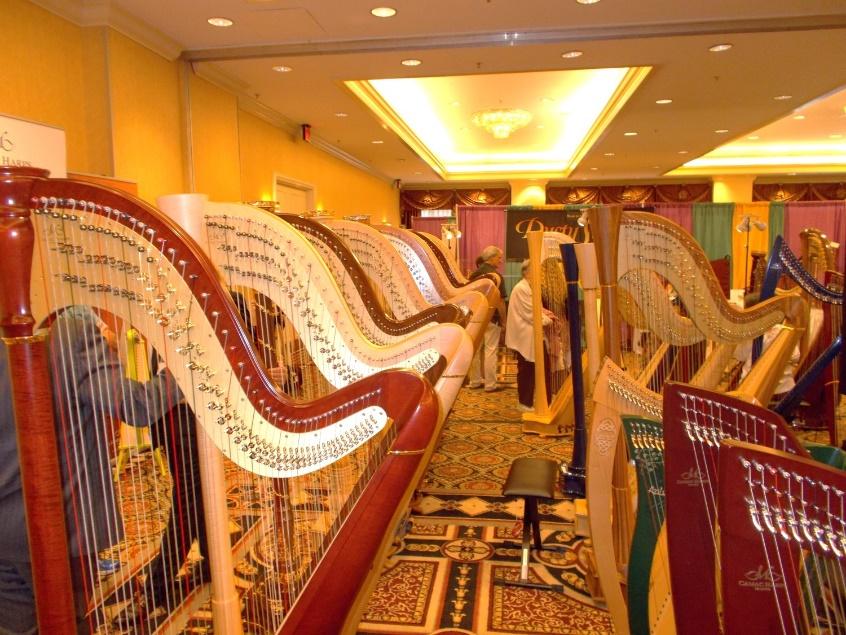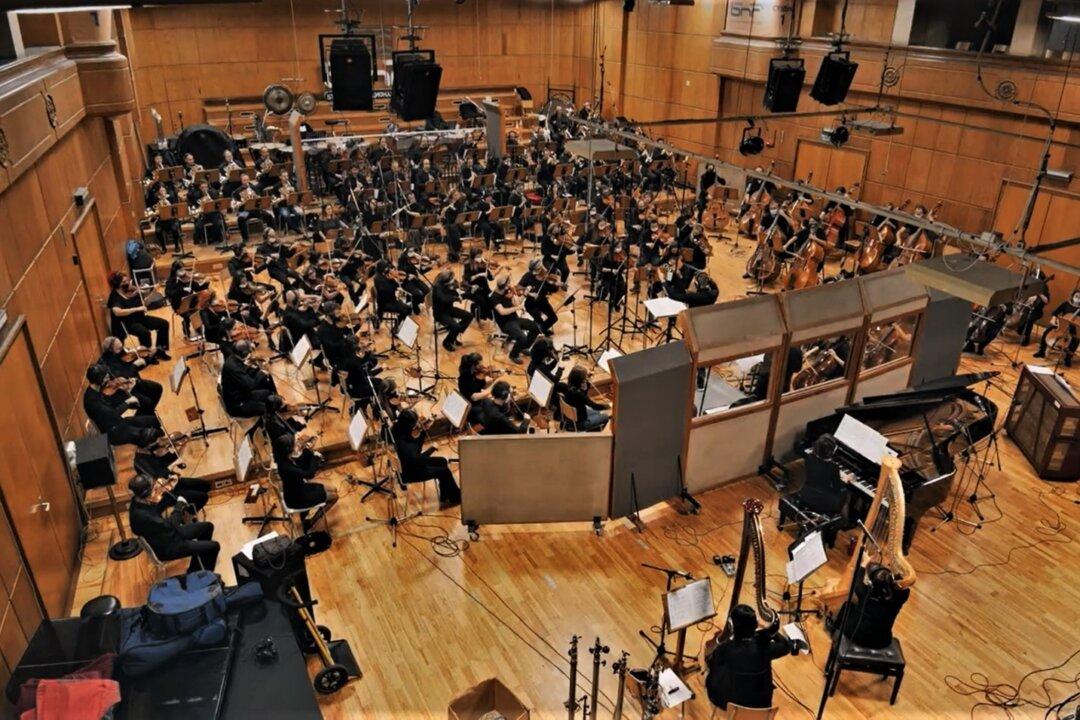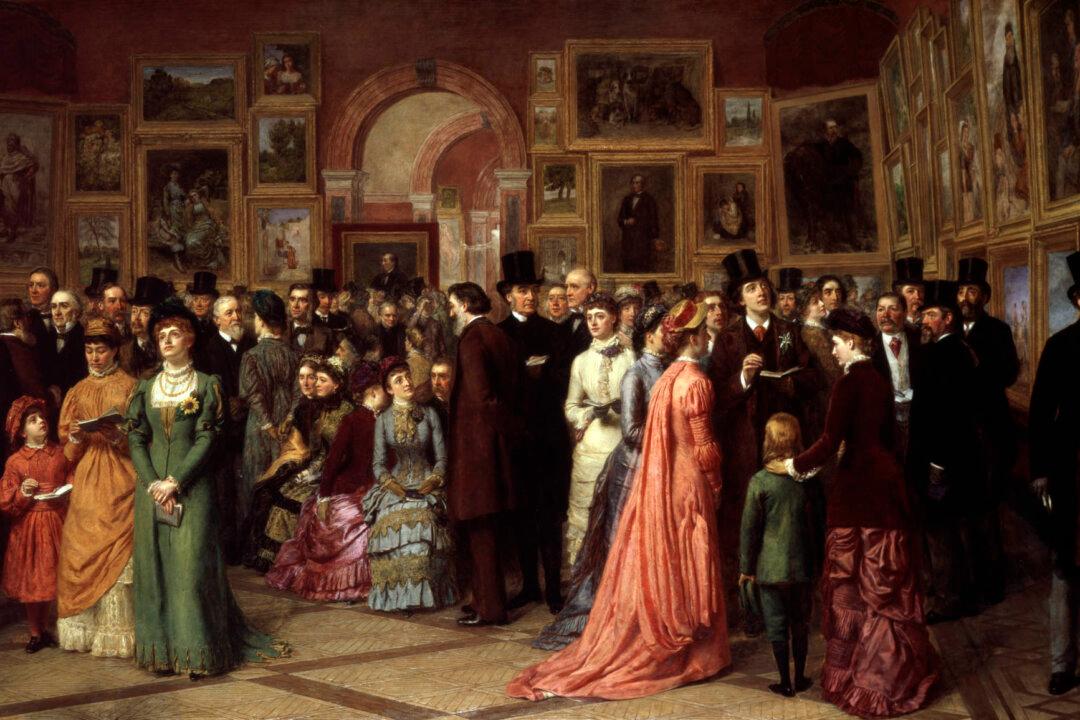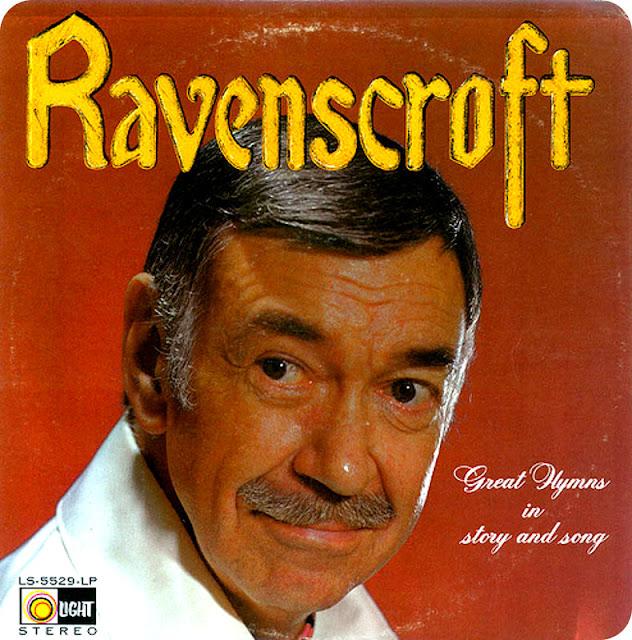I cannot remember the first time I took notice of a harp, but I must have been a very small child. In those days, it was not uncommon to see a symphony orchestra on television, and my eyes invariably went to the harp, the most exotic-looking thing on the stage, at least until the long-haired conductor came to the podium. The harp would usually be given its turn to shine, both visually and musically, in a fantastical waterfall of tones.
And then there was “Mickey and the Beanstalk,” a segment of Disney’s 1947 film “Fun and Fancy Free,” with its Golden Harp character—a beautiful, singing woman whose back was somehow attached to the column of a harp. The role was beautifully sung by a popular teen star of the day, Anita Gordon. What a mesmerizing instrument! Famous for the harp, of course, was also Harpo Marx, one of the Marx Brothers comedy team, who wasn’t faking it! He could actually play the harp pretty well.






